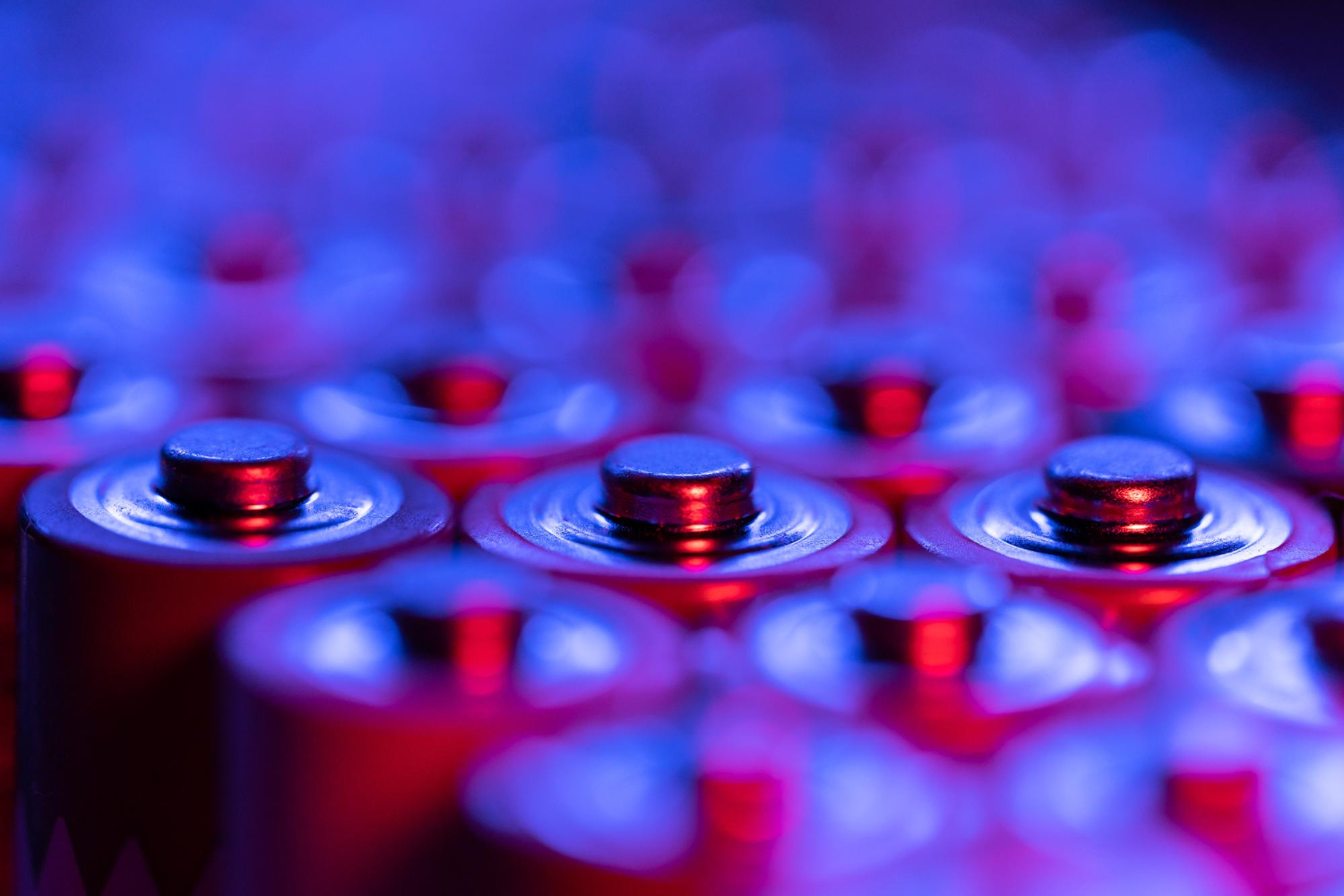Building a sustainable future by recycling lithium-ion batteries
Imagine being considered the father of one of the inventions that revolutionized the world and being nominated 41 times for the Nobel Prize – yes, forty-one,– and ending up empty-handed. This is what happened to Gilbert Newton Lewis, who, in 1912, began experimenting with lithium-ion batteries.
Although he never won the Prize, “his invention” changed our daily life by powering almost every kind of electronic device, as well as electric vehicles (EVs). As the popularity of electric vehicles grows explosively – 140-240 million electric vehicles are expected to be on the road by 2030 – so does the demand for Li-ion batteries.
But to paraphrase Newton, to every action, there is a reaction.

Why is lithium-ion battery recycling so limited?
As the industry is constantly striving to improve lithium-ion batteries to replace fossil fuels, efforts should also be made to contribute to the sustainable growth of the Li-ion battery industry. Nowadays, less than 5% of all lithium-ion batteries are recycled across the globe, and most batteries still end up in landfills, polluting our water and the environment.
Recycling scarce and valuable minerals, such as cobalt, manganese, and nickel, can not only help prevent soil contamination from battery leakage but also fight the erosion of geological reserves in countries like Congo, where 50% of cobalt mining occurs. If cobalt and nickel, the two most expensive metals used as cathodes in Li-ion batteries, can be reused to create new batteries and lower the manufacturing cost, what is preventing us from doing so?
Unfortunately, lithium-ion battery recycling does not yet have a clear path due to economic, technical, and regulatory issues that prevent it from becoming a universal and established practice. Confident that this area will gain ground, we spoke with Bruno Zurcher from Dr. Mueller, a Swiss specialist in solid/liquid separation that is active in this field.
Using the direct recycling method for recovering and reusing valuable minerals
Recycling lithium-ion batteries involves both physical and chemical processes. Dr. Mueller focuses on directly recycling the batteries instead of the chemical methods like the pyrometallurgy method, which is more energy-intensive, using high heat to incinerate the battery.
To recover valuable materials such as lithium, cobalt, or nickel, the battery needs to be shredded to separate the battery components. The resulting material is then sieved, allowing the extraction of what is called the “black mass”.
“In our refining process, the black mass is suspended in a mixture of water and electrolytes, which has to be filtered to get the valuable materials and recycle the liquid fraction”, the company explains. Cake washing after filtration is critical to remove the electrolyte before the black mass is sent for further processing.
“After a pilot test, we are happy to say that our filtration system successfully separated the black mass from the hazardous electrolyte mixture.”
